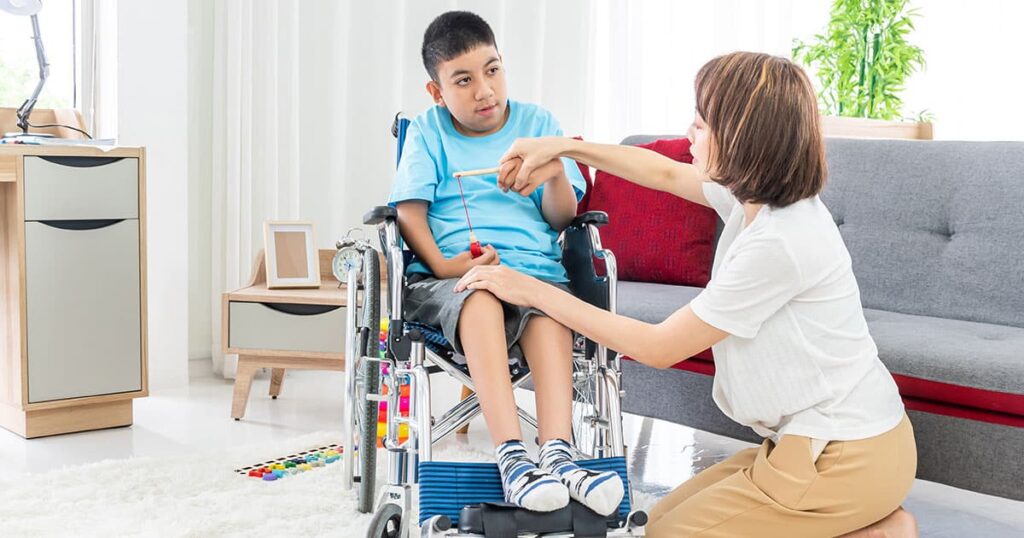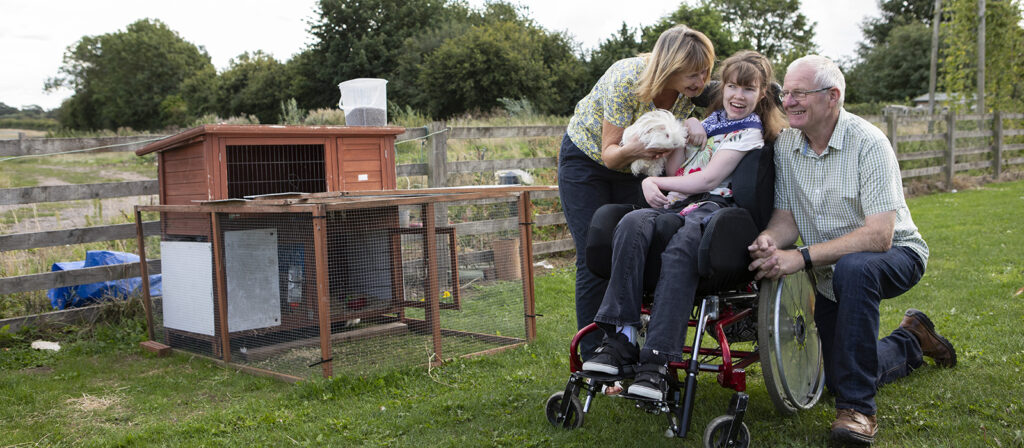SYNGAP Syndrome is a condition caused by a change in the SYNGAP1 gene. SYNGAP1 is the name of the affected gene that can be found on Chromosome 6. This gene is responsible for creating the SYNGAP protein. This SynGAP protein functions as a controller where neurons transmit information between one another, known as the synapses. When the SYNGAP gene changes, it does not create sufficient SynGAP protein. And a lack of protein sufficiency causes the synapses to be excited. This inhibits effective communication among the neurons, leading to various SYNGAP conditions.
Causes of SYNGAP1
A change medically known as 6p.21.32 in the SYNGAP1 gene is the cause of the SYNGAP1 condition. The number of cells in the human body is numerous, each with 23 chromosome pairs. These pairs give a total of 46 chromosomes in each cell. There are thousands of genes in every chromosome, many of which are paired. One copy in a pair is gotten from a parent, while the other is from the other parent.
The essence of genes is to create proteins. Proteins control and stabilise human tissues and organs. When a gene alters, it either stops functioning or malfunctions. A variant forms when the DNA is copied from one cell to another. Environmental conditions can cause these variations, too.
Many people with SYNGAP1 have been diagnosed with de novo variants. A de novo is a variant that has not been found elsewhere in the family or the world generally. It often happens quite early during reproduction.
You might be interested: Learning disability support worker interview questions
Common Symptoms Of SYNGAP1
SYNGAP1 is considered a spectrum because patients do not all experience the same symptoms. Although the cause is unknown, some common signs are the following:
– Cognitive challenges
– Global Developmental Delay (GDD)
– Sensory Processing Dysfunction
– Hypotonia
– Visual disorder
– Dyspraxia
– Challenges with sleeping,
– Over-activeness
– Autism
– Delays in gross motor function and fine motor function
– Challenges with eating
SYNGAP1 condition often begins at the infant stage or in the child’s prime years. It starts with symptoms like GDD or epilepsy (seizures). Seizures begin in many children from 2 years of age. Although, the age range differs between children. Common epileptic occurrences include:
– Starting seizures
– Eye twitches or eyelid myoclonia, also known as Jeavons syndrome
– Akinetic seizures or Drop attacks, also known as Doose syndrome
– Absence seizure
– Grand mal seizures involve extension, contraction, and vigorous arms, leg, and torso shaking
Blinking lights or some design patterns can initiate these seizures. This light-reactive condition is referred to as photosensitivity. Sometimes eating can trigger seizures.
Epilepsy is a common disorder associated with SYNGAP1, and it is found in about 98 per cent of children with SYNGAP1 conditions.

SYNGAP1 Diagnosis
Diagnosis for SYNGAP1 can be doubtful because its features can be found in other disorders. Although GDDs at an infant stage and prime ages alongside seizures are known symptoms of the SYNGAP1 condition, clinical diagnoses alone are insufficient. A DNA test is often recommended alongside a blood test for precision in diagnosis. Additional tests are:
· Electroencephalogram, also known as EEG
· Magnetic Resonance Imaging, also known as MRI
Early diagnosis can be helpful for the treatment of the condition.
Treatments For SYNGAP1
Scientists have not found a cure or special treatment for the SYNGAP1 condition. But therapy can help individuals with this condition enhance their functionalities and achieve success. The treatment differs based on the individual’s symptoms and needs. It also depends on the neurological characteristics.
Therapies for SYNGAP1 condition include:
· Physical therapy
· Music therapy
· Speaking therapy
· Aqua therapy
· Applied Behavioural Analysis therapy
· Hippotherapy
· Occupational therapy
· PROMPT therapy
· Developmental therapy
· Dietary therapy
SYNGAP1 Affected Population
Reports show that about 8 out of 20,000 people have SYNGAP1 conditions. It can be seen as similar to syndromes like Angelman, Rett, and Fragile X. It can be concluded that many people with SYNGAP1 conditions have not been diagnosed.
Getting the Needed Support From Family, Friends, and Carers
Many people with SYNGAP1 need assistance and support with social interaction, speech, emotional stability and language use. They need help to develop and strengthen their physical strength and coordinate their fine motor skills.
Many individuals with SYNGAP1 need to be supported in activities like eating and chewing. Support is not only for children. It is necessary for adults as well. When a person with SYNGAP1 gets every essential support, they can live a meaningful and fulfilling life.
More conditions:












